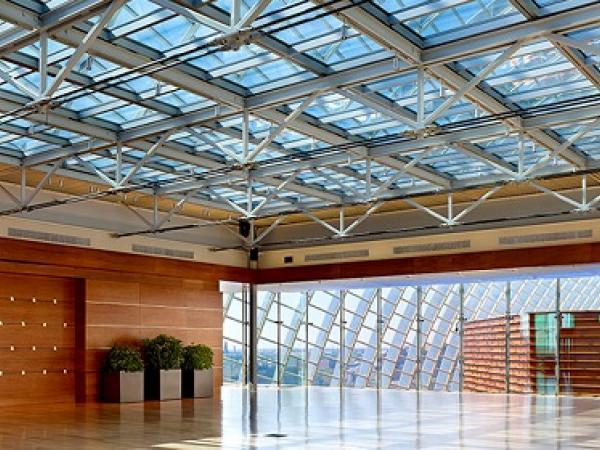
Date: 9 February 2016
Architects often try to push the design envelope when designing cultural institutions.Many newer museums tend to incorporate unique design elements, often including large amounts of glass, and glass can also be utilized to improve the sustainability and design of historic museums.
However, with the addition of glass, comes the challenge of solar heat gain and glare as well as the potential for the sun’s UV rays to create damage. Dynamic glass, unlike blinds, can address these issues without compromising aesthetics and design, and we have already seen success in a few of our most recent cultural institution installations. It’s time to look again!
The Kimmel Center (Philadelphia, PA)
The Kimmel Center in Philadelphia, Pennsylvania, is a collection of performance halls and open spaces, all enclosed inside a 150-foot barrel-vaulted glass roof. At the Center’s highest elevation, the Dorrance H. Hamilton Garden Terrace overlooked the entire complex and the city; however, due to its elevation on the 6th floor near the top of the vaulted glass roof, the Terrace would often reach exceedingly hot temperatures, close to 100 degrees, making it an uninhabitable space. By adding an internal skylight above the Hamilton Terrace (essentially a skylight under a glass ceiling) with dynamic SageGlass to reduce heat gain and glare, the area was transformed into a comfortable gathering space. As a result, visitors are now able to relax inside the 2,100-square-foot rooftop structure, while enjoying iconic views of the City of Brotherly Love and maintaining a connection to the rest of the Center. Bookings in the space increased 10-fold within the first year of the renovation.
St. Johnsbury Athenaeum (St. Johnsbury, Vermont)
Vermont’s St. Johnsbury Athenaeum is home to more than 120 paintings, sculptures and other works of American and European artists. Among the works of art is Albert Bierstadt’s revered “Domes of Yosemite.” However, the Athenaeum faced a challenge when its Victorian skylights aged beyond repair and threatened to cause fading and harm the gallery’s collections and furnishings. Architects chose to install SageGlass in the Athenaeum to better allow natural light to enter the facility, improving the overall visitor experience, while simultaneously protecting historic collections from the sun’s damaging UV rays. Additionally, the addition of electrochromic glass allowed the building to preserve the design and dimensions of the Athenaeums’ four original Victorian-era skylights.
The Museum of Science (Boston, MA)
The Museum of Science in Boston, Massachusetts, was recently facing a major challenge – it needed to solve sun glare problems in the Museum’s lobby while saving energy and improving the visitor experience. The Museum chose our dynamic glass because it can darken or clear automatically in response to changing light conditions, which eliminated the glare problem without compromising the Museum’s iconic views of the Charles River. Additionally, the installation of electrochromic glass will help reduce energy demand by letting sunlight in on cool days and blocking it on hot days. By maintaining a connection to the Charles River, the Museum was able to create a “Yawkey Gallery on the Charles River” exhibit which would not have been possible without the implementation of electrochromic glass.
Dynamic glass truly has the potential to transform cultural facilities worldwide by enhancing the overall visitor experience.
 600450
600450

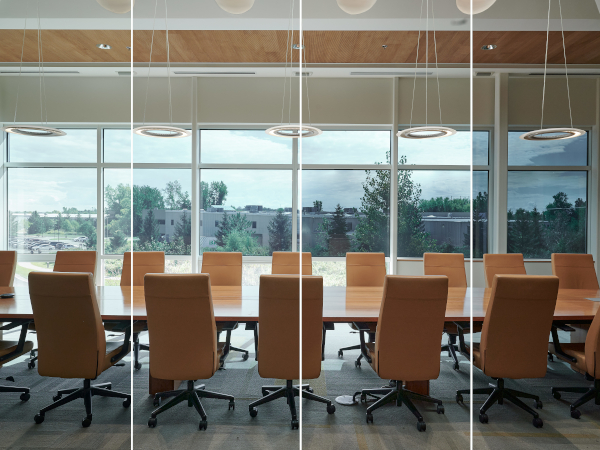
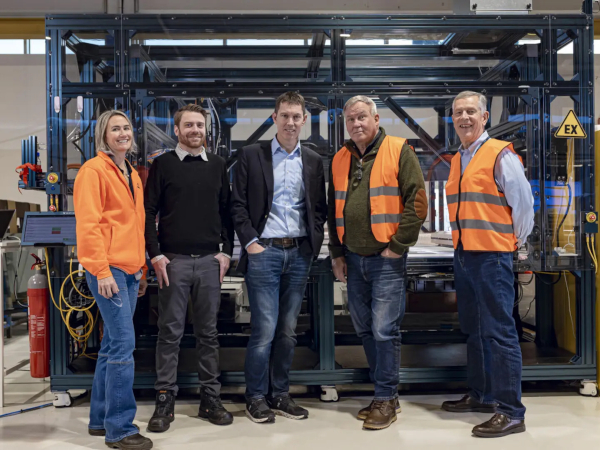
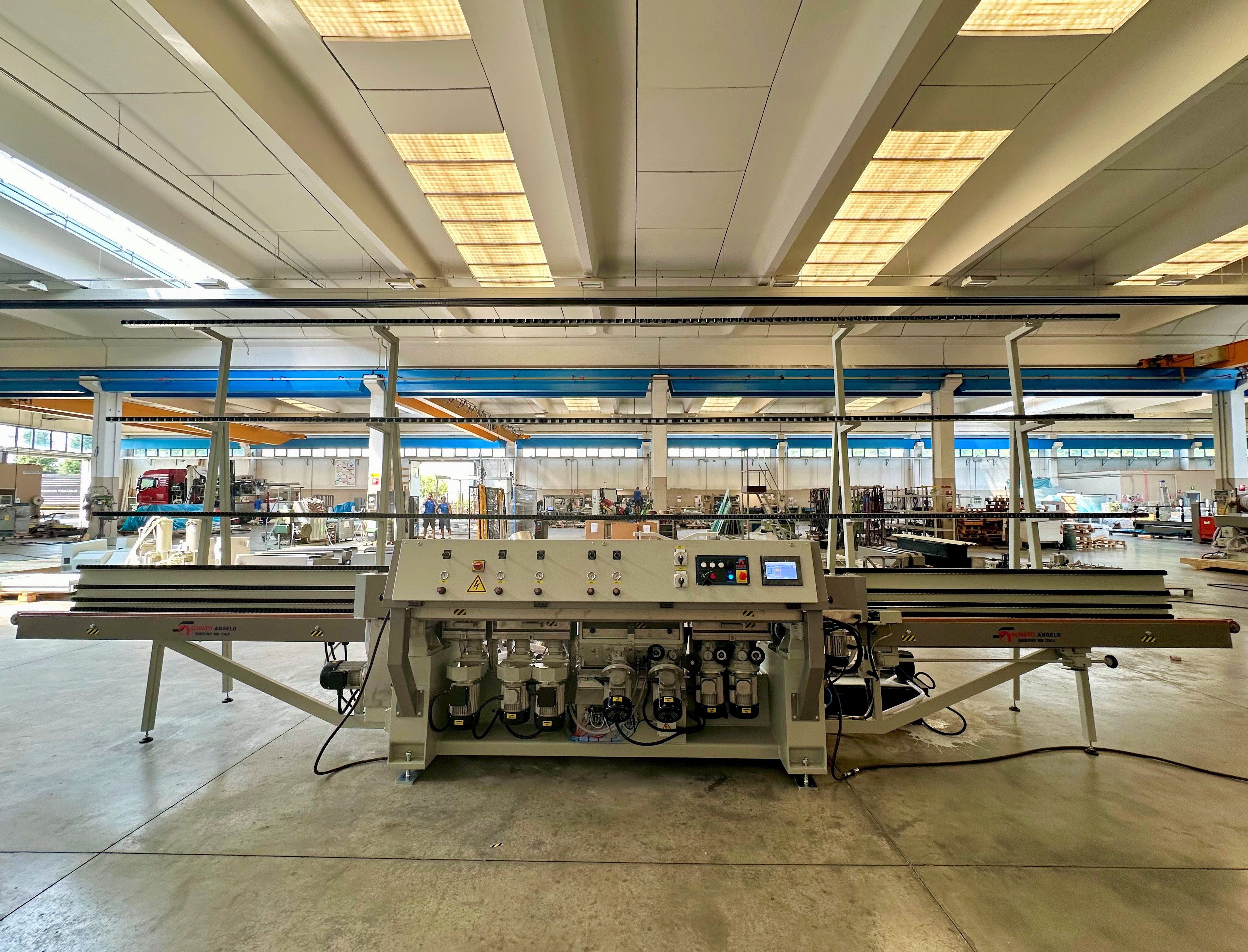







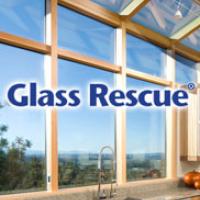

Add new comment